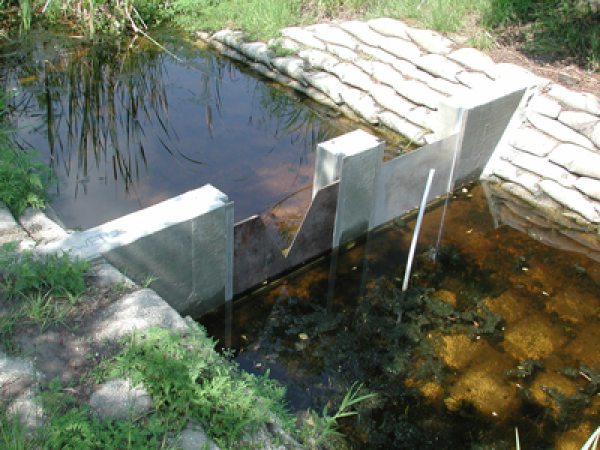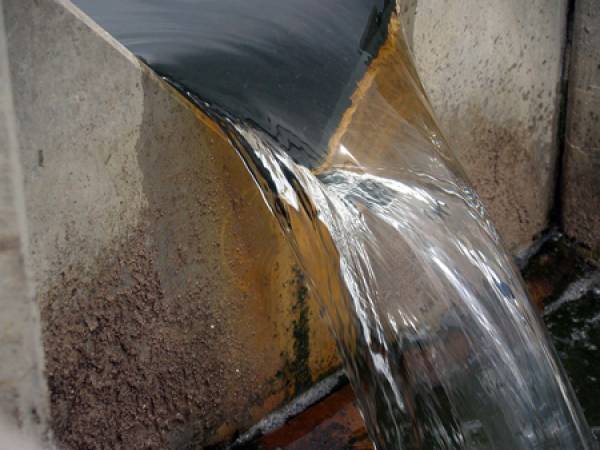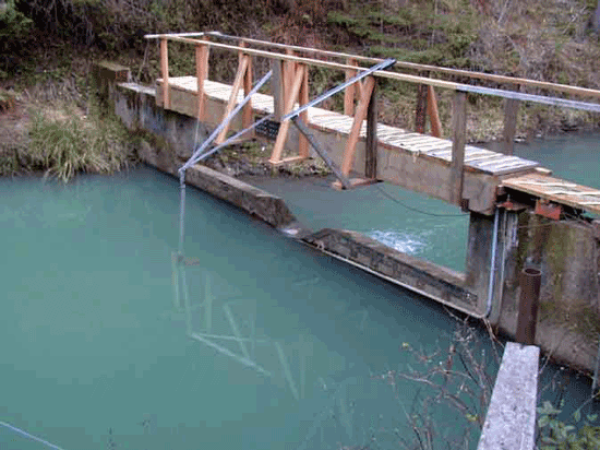This website uses a variety of cookies, which you consent to if you continue to use this site. You can read our Privacy Policy for
details about how these cookies are used, and to grant or withdraw your consent for certain types of cookies.
Circular Weirs for Measuring Flows in Partially Full Pipes
One problem that we see again and again is how to measure open channel flow in partially full pipes. For applications where a device can extend off the end of the pipe a number of solutions are used, including: California pipe (which is extends vertically up from the pipe before flowing horizontally out), Kennison nozzles (formed openings which bolt to the end of the pipe), HS / H type flumes, and Montana flumes. Which each approach has its benefits, none of the approaches are particularly compact in their installation.
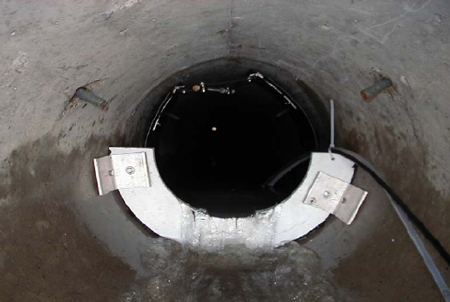
The Thel-mar, LLC has for years offered portable volumetric weirs that insert into the end of a pipe, but the flow ranges are somewhat limited as are the pipes sizes that can be accommodated. Further, the flow equations are not published or standardized in research literature or international standards.
A Solution
One solution to the problem can be Circular Weirs. Circular weirs are half-circle weirs that bolt onto the end of or inserted into conduits and pipes. Circular weirs are independent of the size of the conduit / pipe and typically require little in the way of installation accommodation. As with any thin-plate weir, circular weirs it is recommended that they be fabricated in sheet stainless so that crest edge deterioration does not occur. While wood or other temporary materials may be used for spot measurement, they should not be used for extended flow measuring.
Flow Equation
From Addison’s work in 1941 (and as presented in Optimizing Stormwater Treatment Practices: A Handbook of Assessment and Maintenance), the following equation has been developed:
Equation — General Circular Weir Flow
Q = discharge (liters / sec)
d = diameter of circular orifice (decimeters)
h = height over the weir (decimeters)
Cd = coefficient of discharge as given by:
d = diameter of circular orifice (decimeters)
h = height over the weir (decimeters)
Cd = coefficient of discharge as given by:
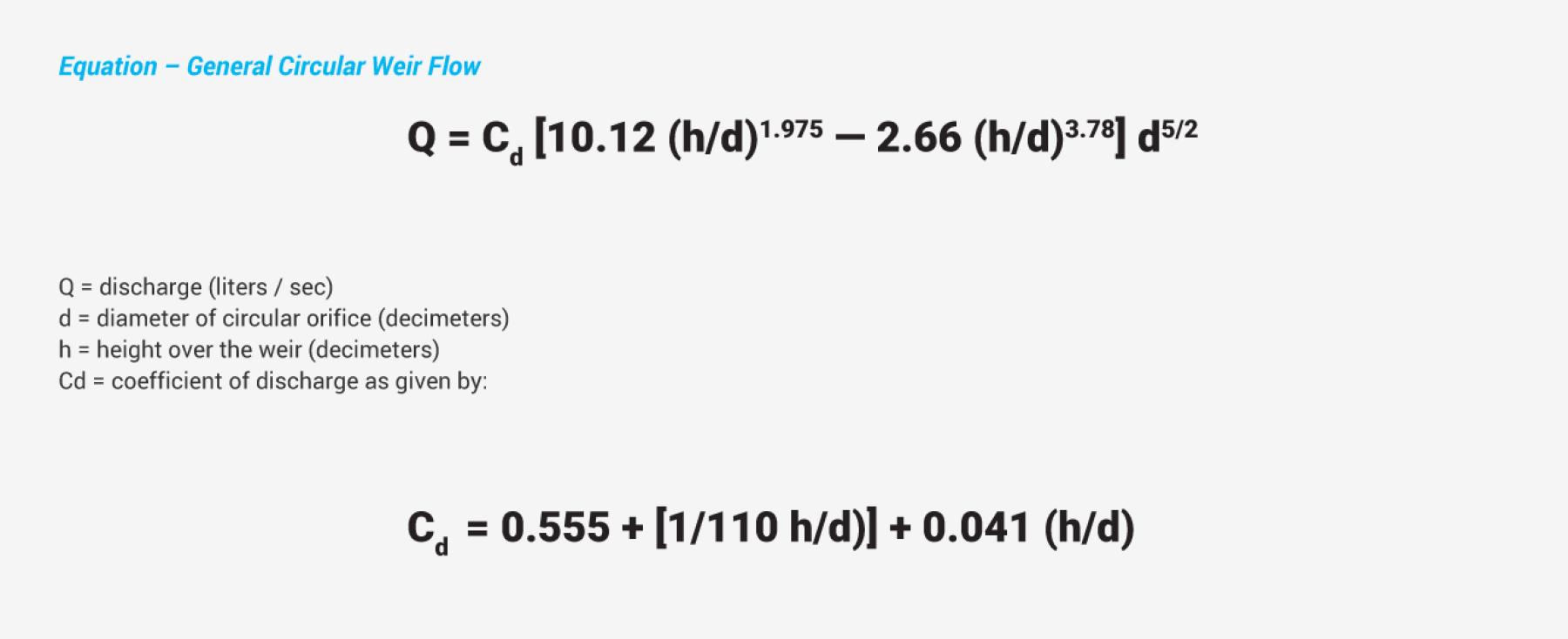
There are several things to note:
- The diameter of the circular orifice and the height over the weir are given in decimeters (1/10 meter)
- The equation is INDEPENDENT of the pipe size
- The difference in diameter between the conduit / pipe and the orifice must be at least 2” [5.08 cm] – although it can be larger
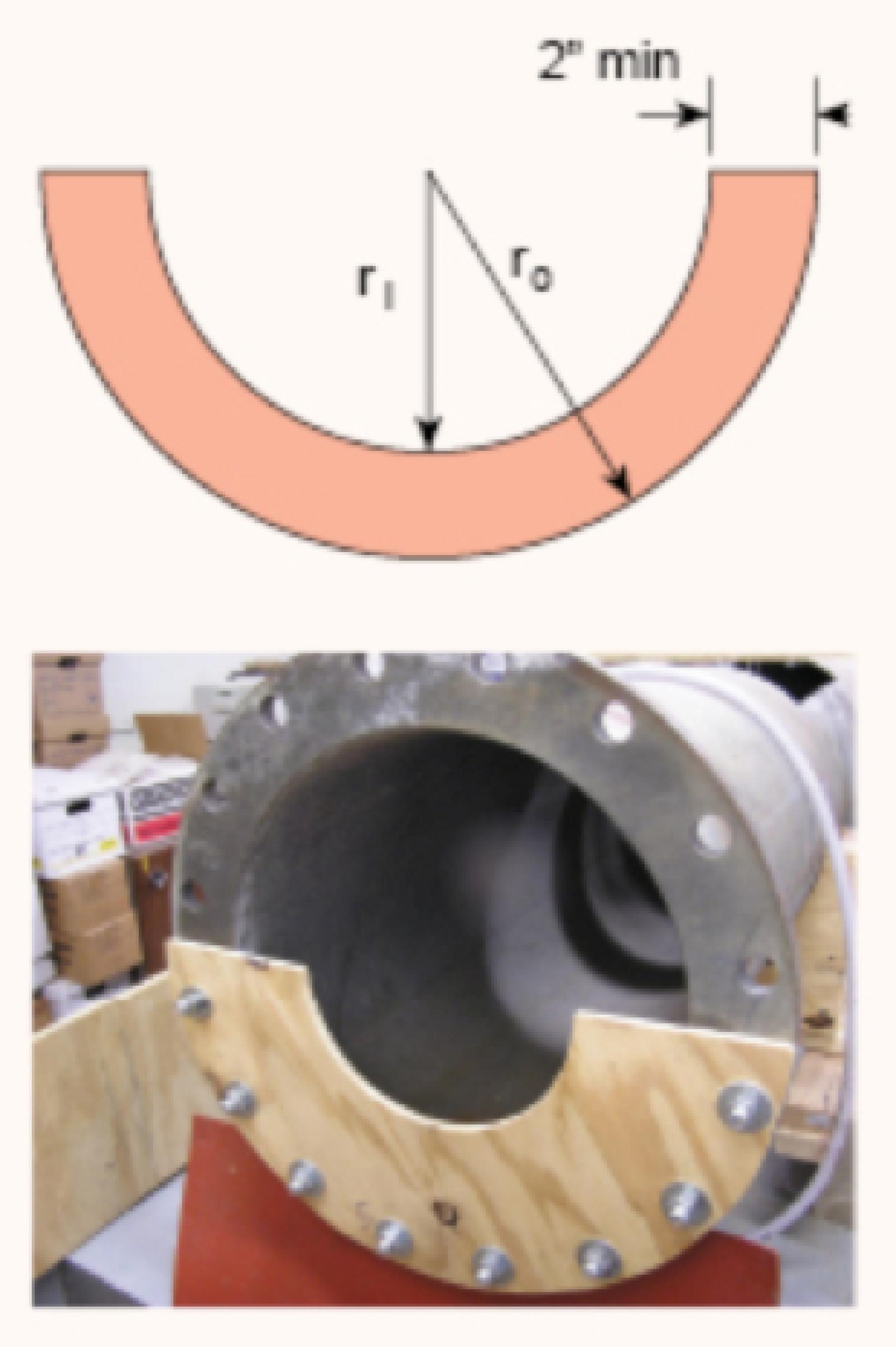
Sources: Optimizing Stormwater Treatment Practices: A Handbook of Assessment and Maintenance
Related Blog Posts
Explore more insights in our blog.

LOCATIONS IN ATLANTA, GA & BOISE, ID


